Terracotta is one amongst the most admired marvels belonging to ancient art. This exotic earthenware is made of porous clay. The origin of the word terracotta is the Italian language translation of ‘baked earth’. This unglazed ceramic art, often regarded as a decorative architecture, is adored for its remarkable durability and versatility. Terracotta has been recognized as a popular form of clay across varied civilizations including Ancient Greek, Egyptian, Chinese, Indus River Valley, Babylonians, Native American and Roman. Right from being used in the form of medallions to roof tiles and pottery to statues, terracotta became amongst the most sought after clays to be used for architectural details.
The origin
Terracotta clay originally features rich orange and red shade. When the iron content in the terracotta clay reacts with the oxygen, it acquires a hue that belongs to the red colour family like red, orange and pink. Interestingly, ancient terracotta pieces were left to bake in the blazing sun so that they could acquire resilience. Gradually, the art of enabling terracotta pieces to be left in the ashes remaining after the open fire began gaining momentum. No wonder this versatile clay is sought-after for its durability, functionality and the minimal possibility to succumb to cracks.
Terracotta has been widely used for sculpting, owing to its malleable and strong texture. Due to minimal risk related to fire, it has been used for the construction of the buildings. Since it is remarkably versatile and affordable clay, it has been used for making exotic flower pots and striking dinnerware plates.
Well-known Terracotta pieces from the history and use of Terracotta in Architecture
In ancient art (from the period 7000 BCE to 10,000 BCE), the tiles and bricks made of terracotta have been used mainly in Chinese Pottery, Minoan art (Crete), Italian's mainland Etruscan art and in Egyptian and Greek pottery. In Roman architecture, terracotta reliefs were prevalent, while in Greek architecture, the art of crafting statues (mainly for temple decoration) from this decorative material was quite a common feature. It was during the most prominent historic events named the Italian Renaissance, that the entire art related to the terracotta went under resurrection. One of the prime reasons for terracotta being so popular across all continents is its accessibility. It is found everywhere and thereby has earned a reputation of being one of the most accessible clays across the globe.
Most iconic ways terracotta was used in the past
There do exist some mesmerizing pieces of art integrating a Pierre Menard bust located in Victoria and Albert Museum in London. A figurine named 'The Venus of Dolni Vestonice' nestled in the Vienna Natural History Museum is also one of the most brilliant terracotta pieces of art. Interestingly, it is also believed to be one of the oldest surviving ceramic pieces of artwork. From the architectural point of view, the Bel Edison Telephone Building situated in Birmingham is believed to be so far the finest artwork related to the Victorian terracotta.
China’s Terracotta Army
Around 24,000 BC, Palaeolithic terracotta figurines were being used. However, the most illustrious exemplar of terracotta art is in China's Terracotta Army, a splendid terracotta figure- a collection of more than 520 horses and 8,000 soldiers. Even today, people look forward to visiting the Terracotta Army located in China. Especially for the potters and ardent admirers of pottery and art, it is believed to be a once-in-a-lifetime experience. Nestled somewhat 23 miles away from Xian City, it is regarded as the biggest regal tomb in the nation, and it has also been successful in securing a place in the list of UNESCO World Heritage Sites.
The Thinker of Cernavoda (5000 BCE) is yet another one of the greatest terracotta sculptors belonging to the ancient art era. This 4.5-inch figure was in an era of Hamangia culture (5250-4500 BCE). Currently, it is situated in Bucharest in a National Museum of Romanian History.
As far as the Indus Valley Civilization is concerned, terracotta was being used in crafting the Indian sculptures, mainly during the Gupta period. During the era between 1860 and 1870s in America and England, architects would deploy unglazed terracotta to decorate the external surfaces of buildings. Precisely, by the later part of the 19th century, the version of terracotta combined with a ceramic glaze 'Glazed Architecture Terracotta' gained popularity. However, post the 1930s, the popularity of terracotta took a backseat due to the advent of newer materials like cement, plate glass and varied forms of metal alloys.
Non-architectural uses of terracotta
Also, in varied cultures, including Japanese, Korean and Chinese, non-architectural uses of terracotta in the form of cookware and statuary have been popular. Terracotta cookware enjoys a reputation for green and healthy cookware. Due to retaining all flavours and nutrients inside the pot, it qualifies for being recognized as 'the wholesome meal'. Since it is porous, it creates a perfect environment for slow cooking by enabling moisture and heat to circulate slowly inside the pot, thereby preserving the existing nutrients of the meal.
The bottom line
There is no dearth of eco-friendly brands pursuing the ideology of sustainable and food safe way of cooking and Ellementry is one of them. If you crave to experience naturalness combined with myriad health benefits, it is time to make way for responsible brands like Ellementry who have embraced the philosophy of reviving culture to bring the best to the conscious audience’s table.
Its vivid range of terracotta kitchenware including curd-setters, bakeware, sprout makers, plates, water jugs, water bottles, etc., speaks volume of the devotion and authenticity integrated by the brand.
Integrating the traditions and old-age practices have been embedded in the foundation of Ellementry. The entire range of Terracotta kitchenware is porous, and its breathability ensures keeping the food fresh and safe. Especially, when it comes to the curd-setters, be assured of relishing the thick curd owing to its alkaline goodness. To sum up, the terracotta range of Ellementry is nothing but a candid endeavour of a brand with a conscious outlook to preserve the environment. We believe in offering what is mindful and alluring without compelling people to choose anyone out of both goodnesses.

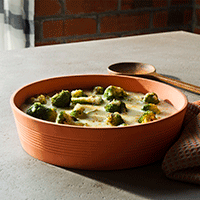
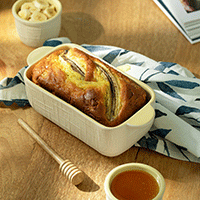
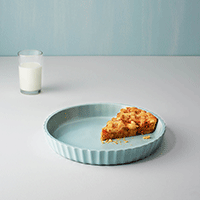
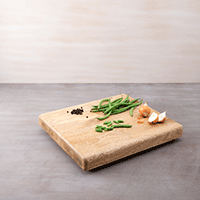
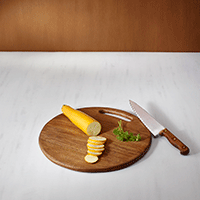
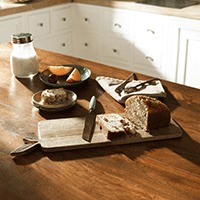
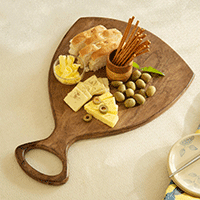
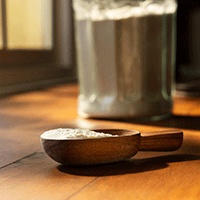
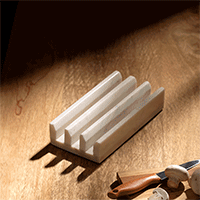
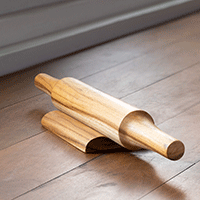

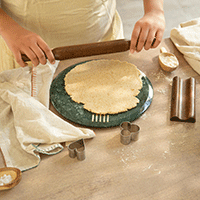
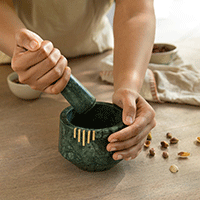
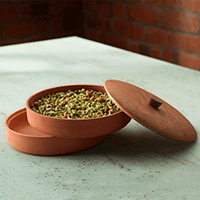
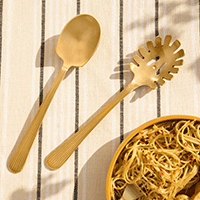
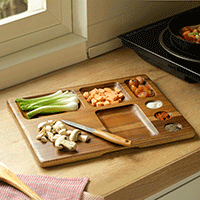
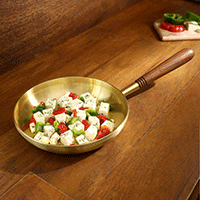
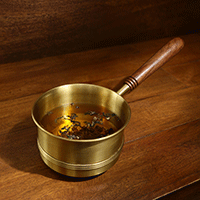
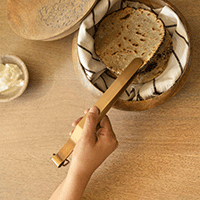
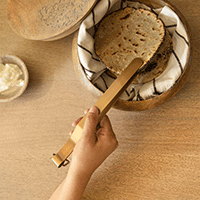
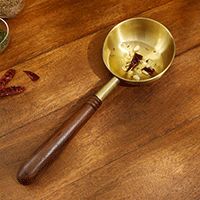
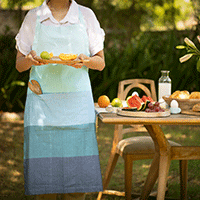
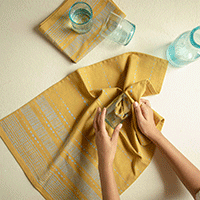
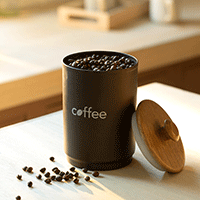
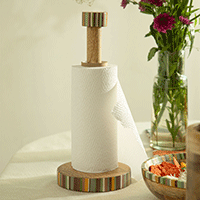
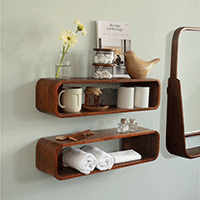
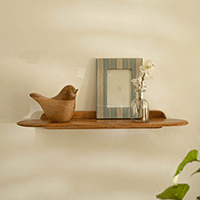
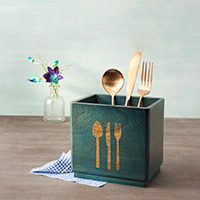
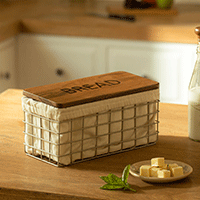
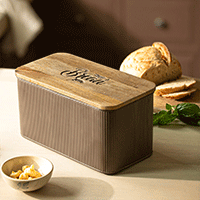
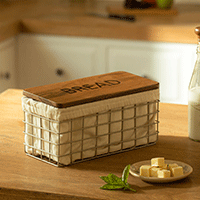
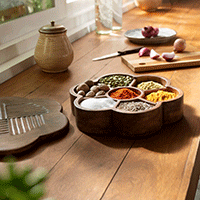

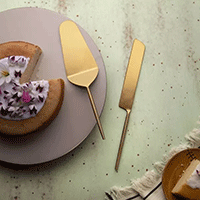
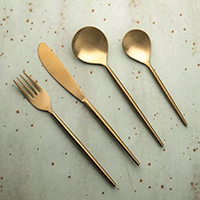
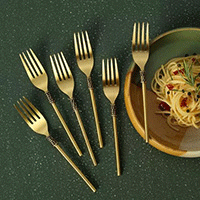
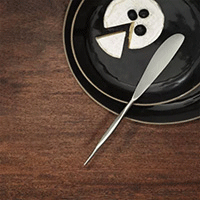
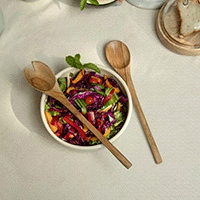
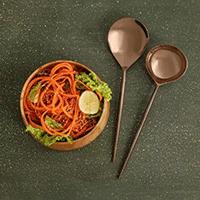
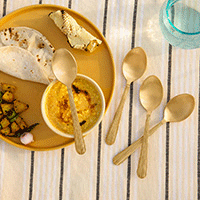
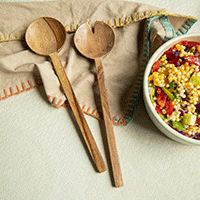
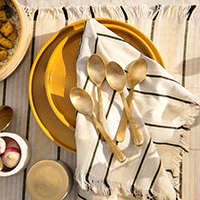
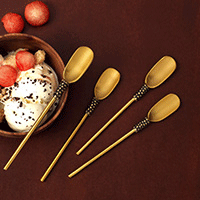
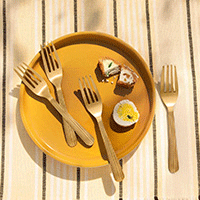
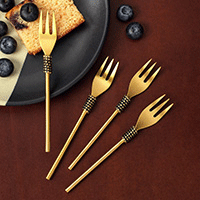
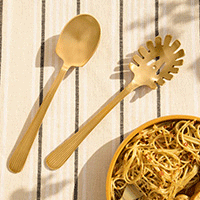
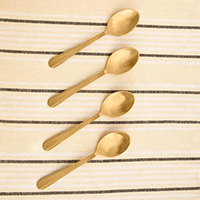

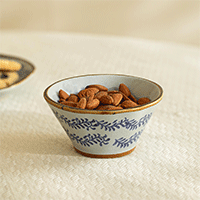
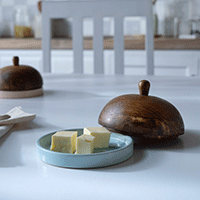
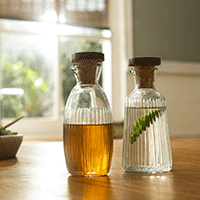
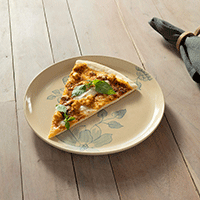
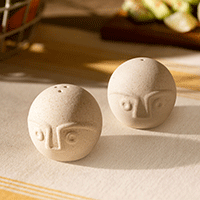
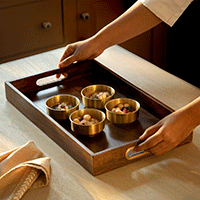
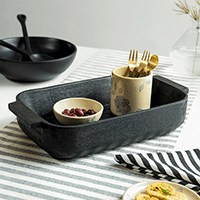
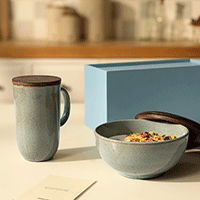


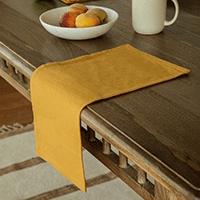
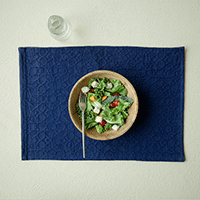

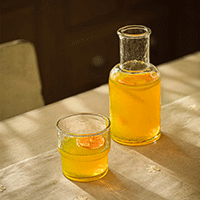


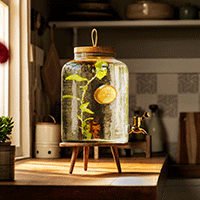
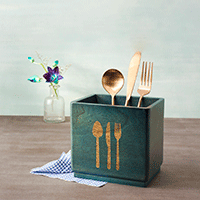
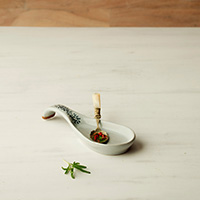
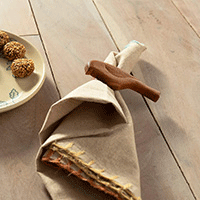

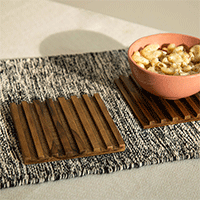
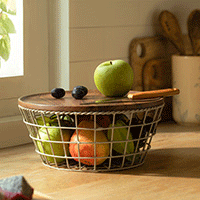
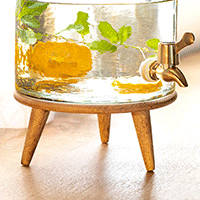
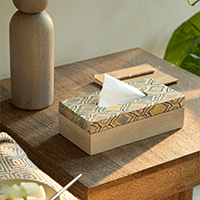

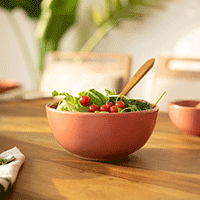
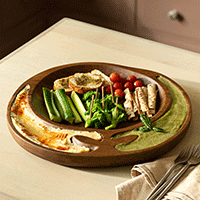
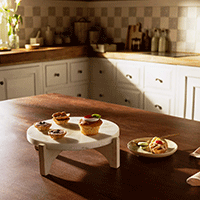
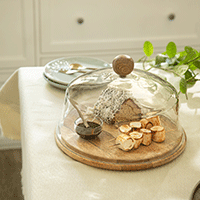
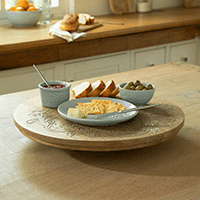
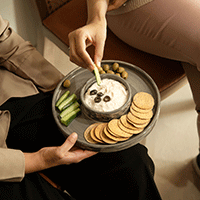
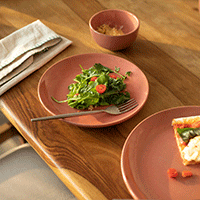
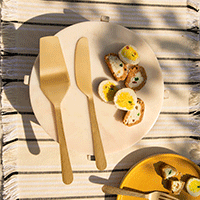
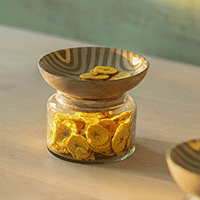
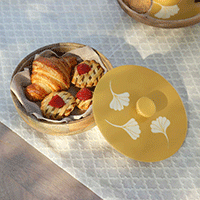
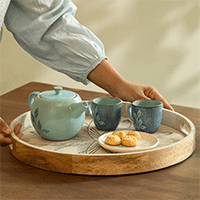
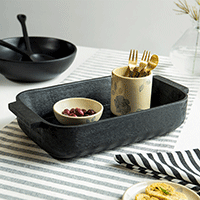
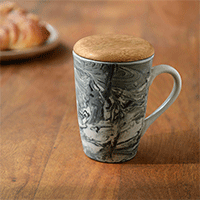
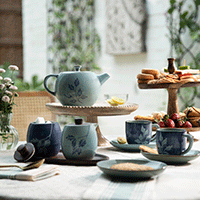
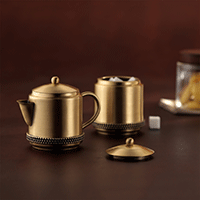
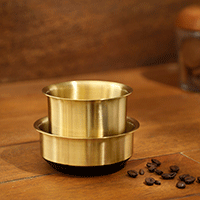

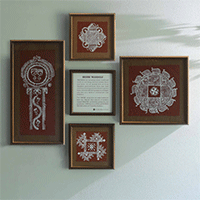
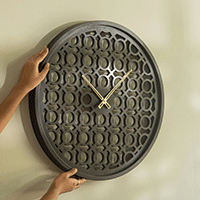
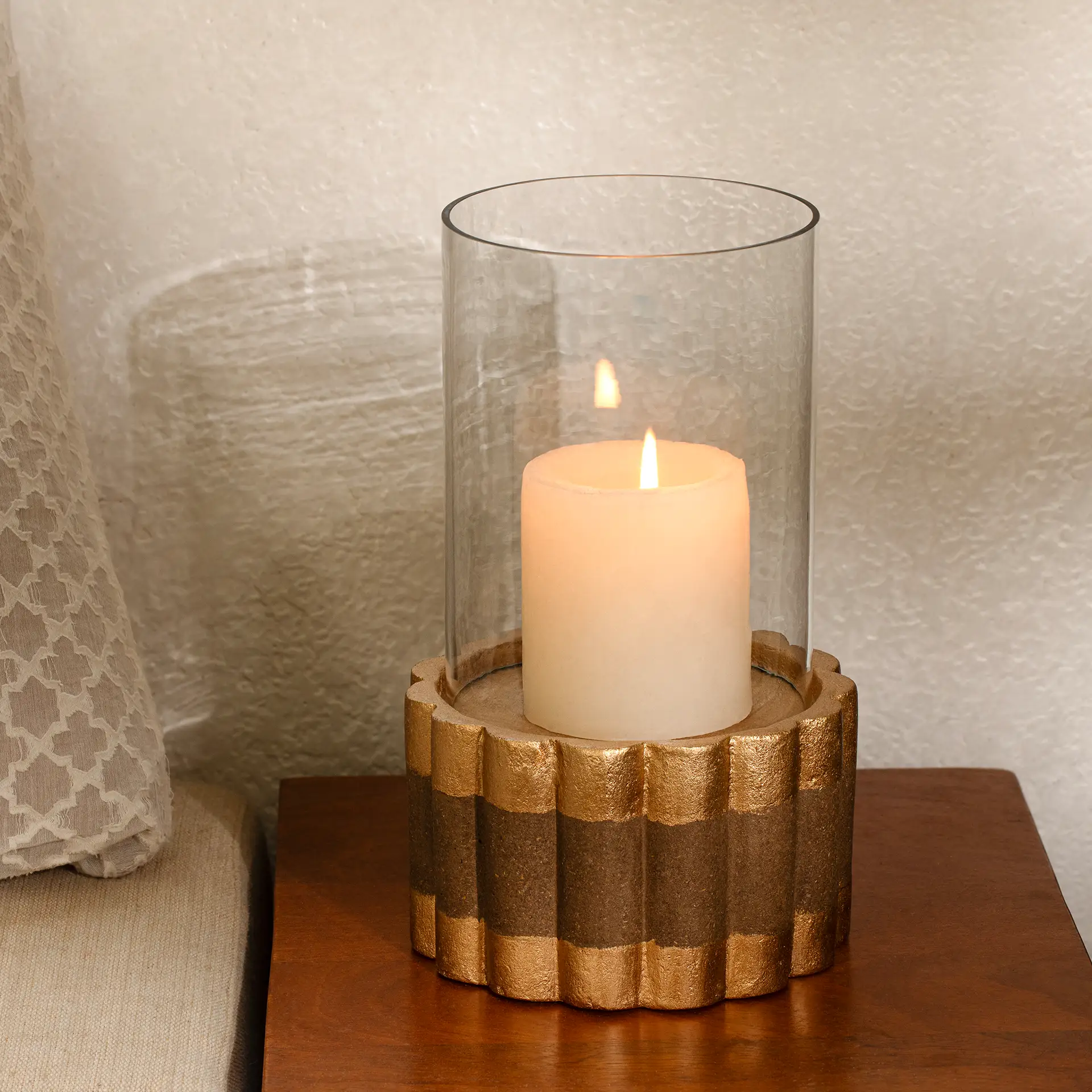
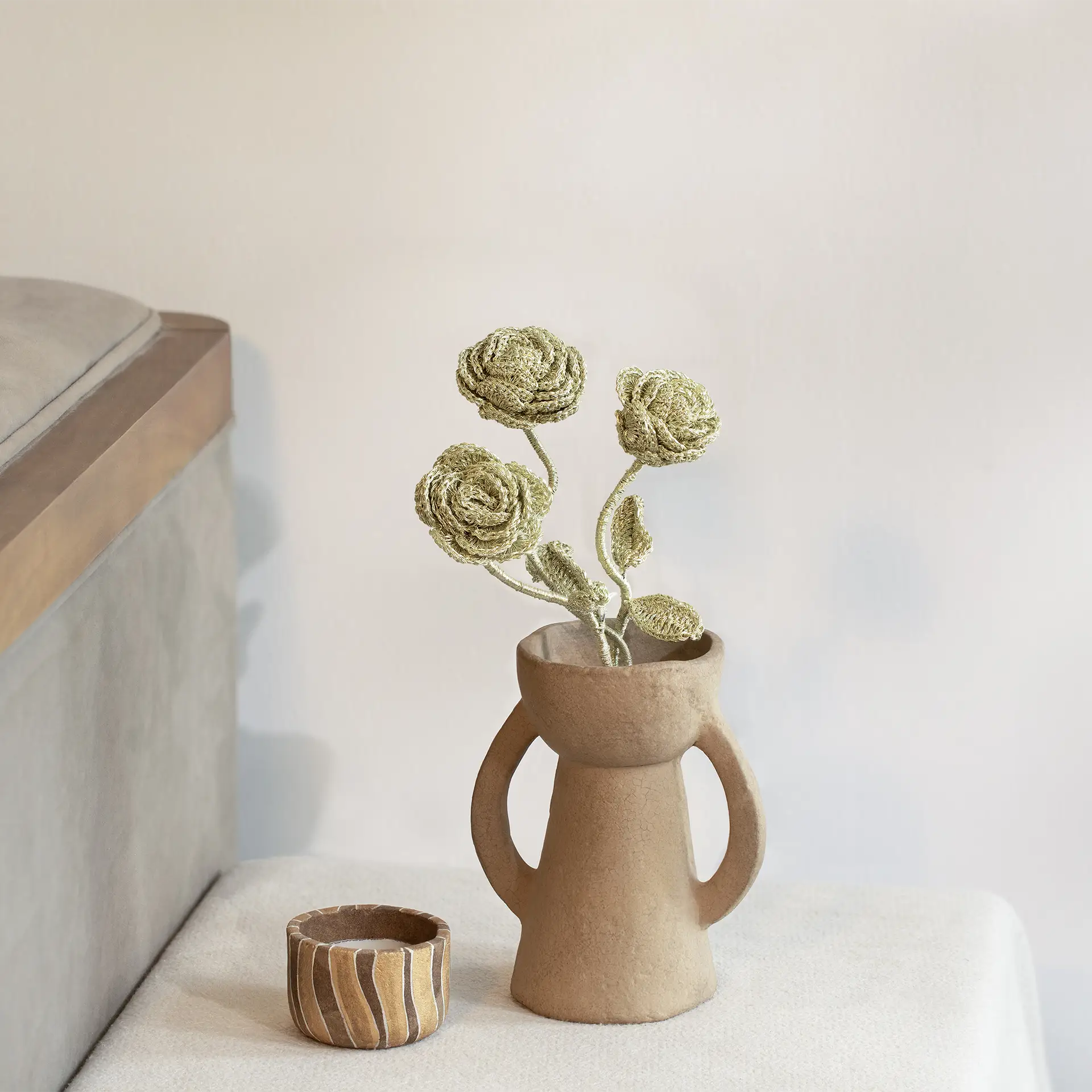
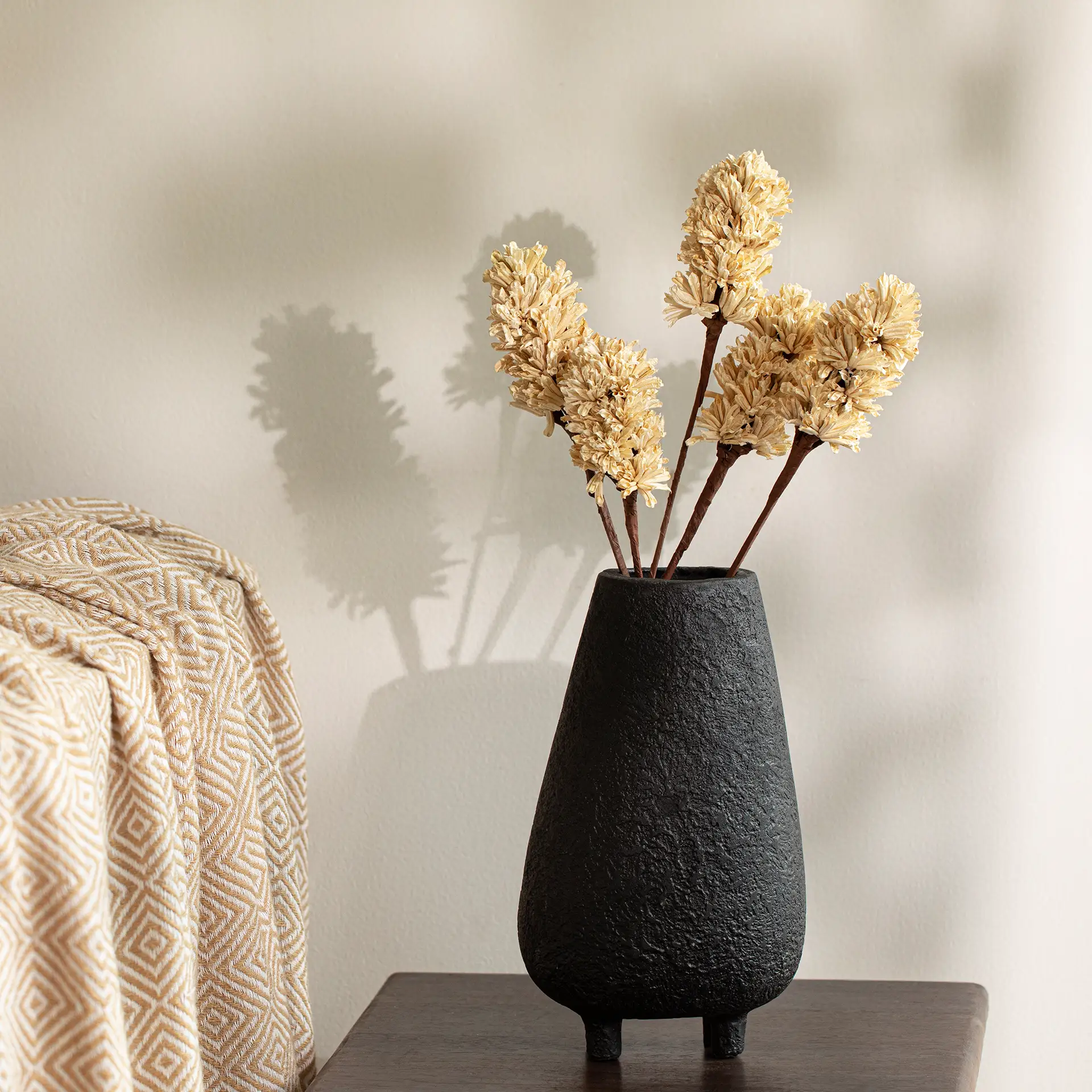
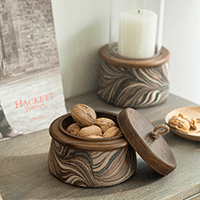
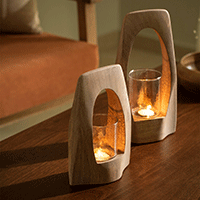
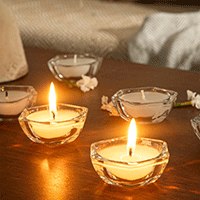
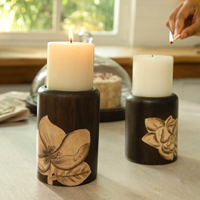
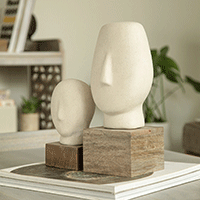
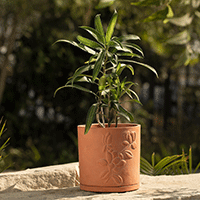
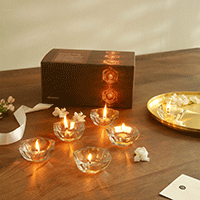
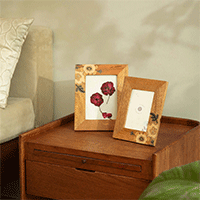
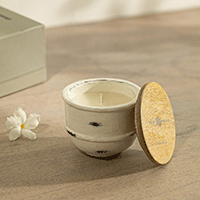
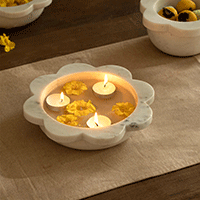
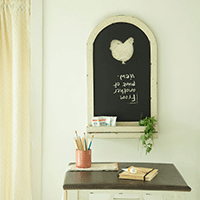
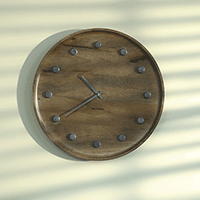
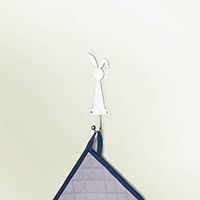
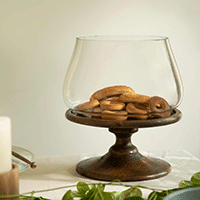

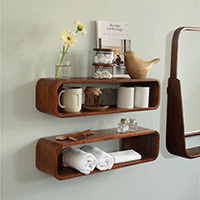

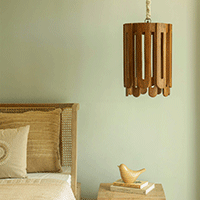
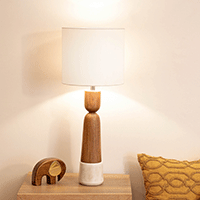
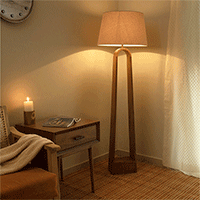
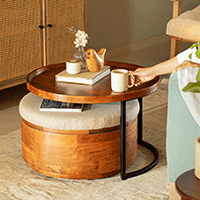

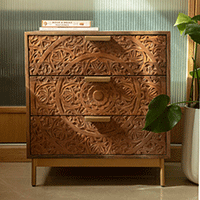
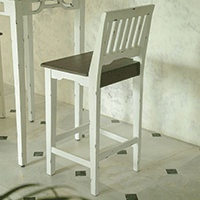
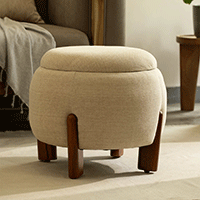


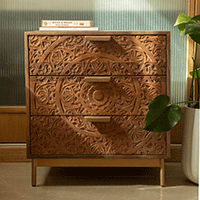
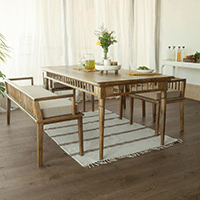
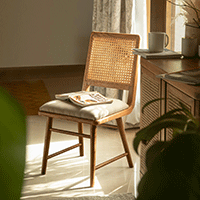

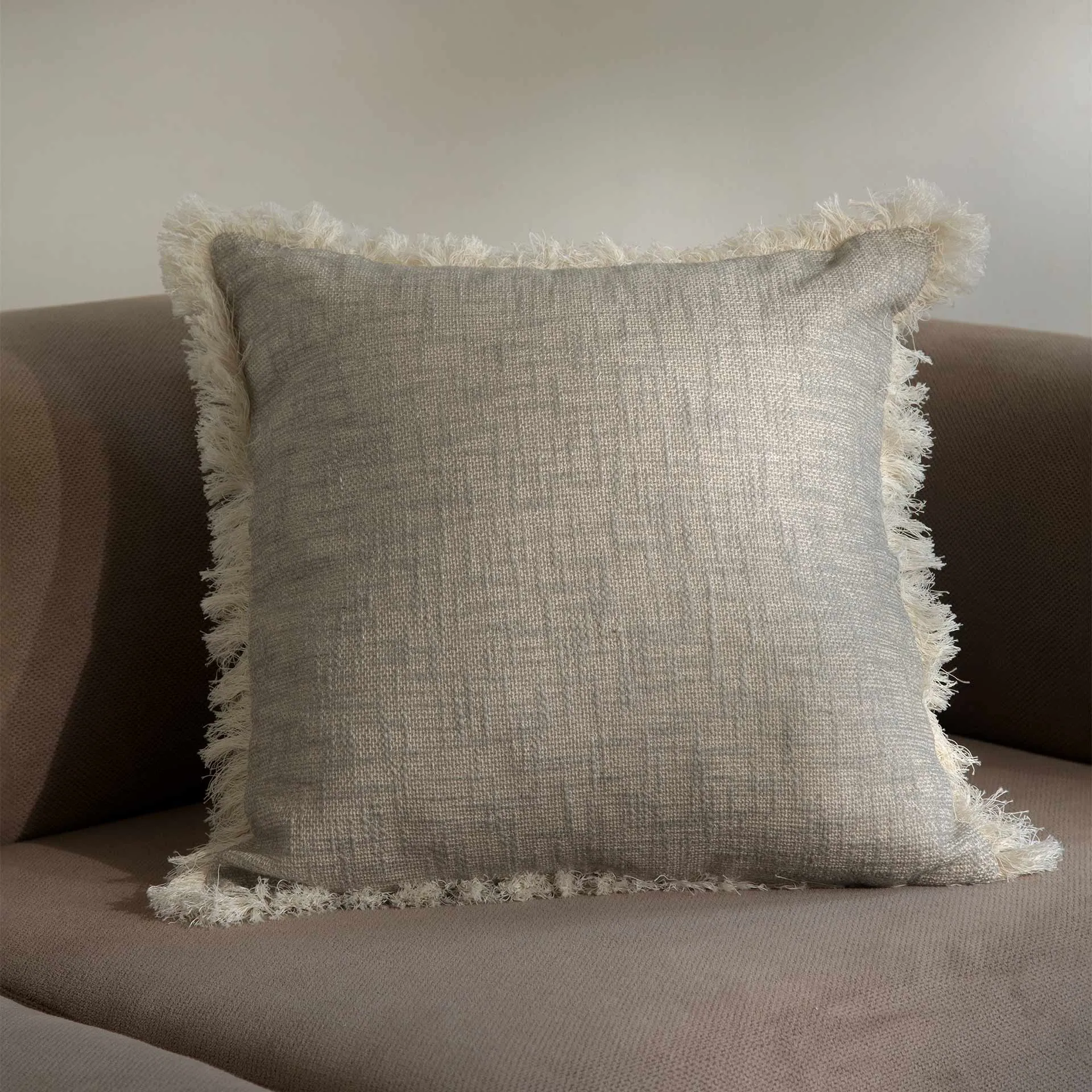
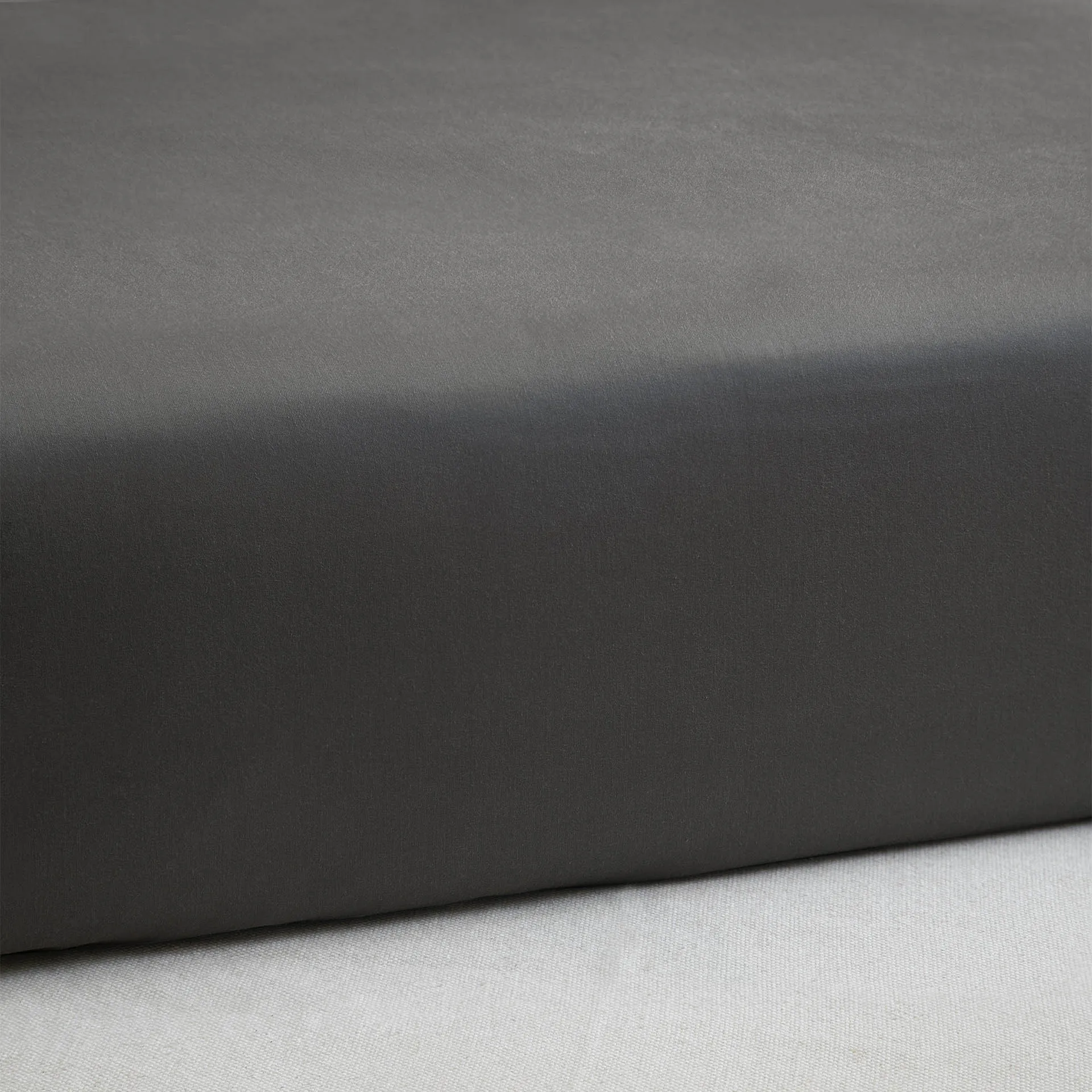

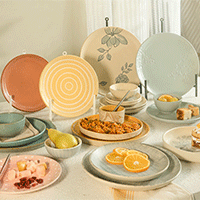
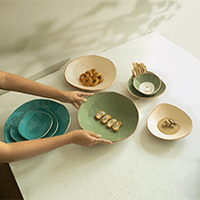
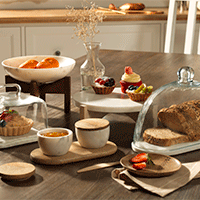
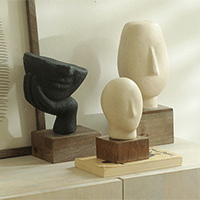
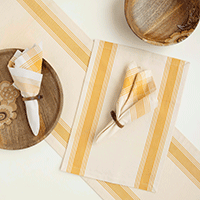
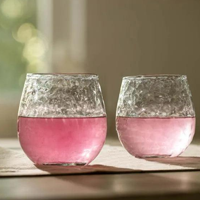
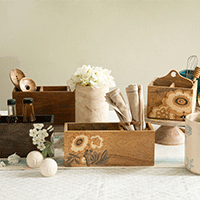
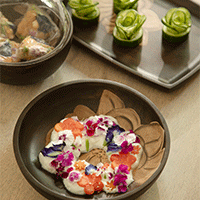
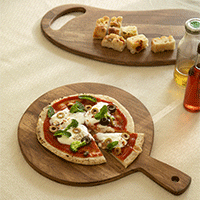
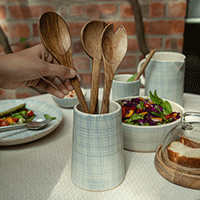
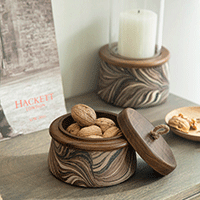
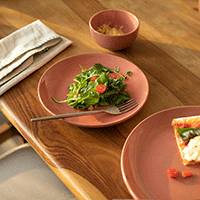
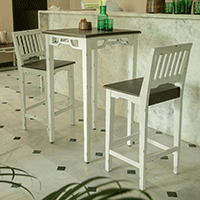
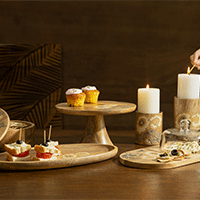
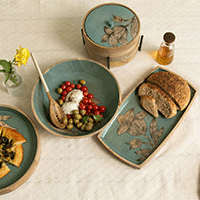
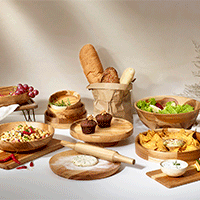
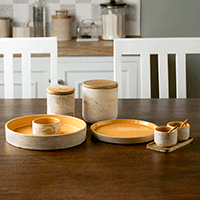
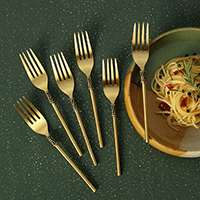
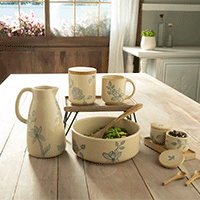
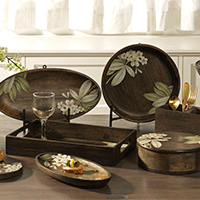
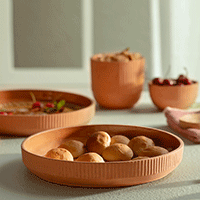
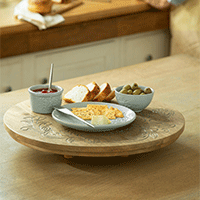
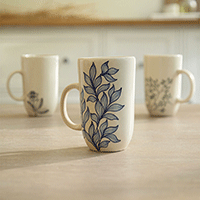
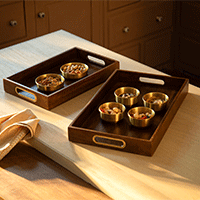

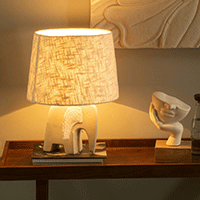
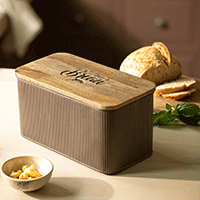
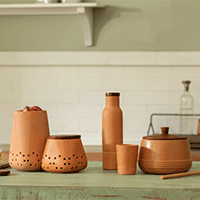
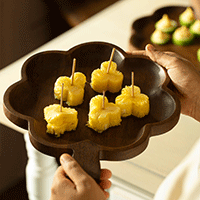
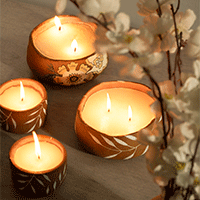
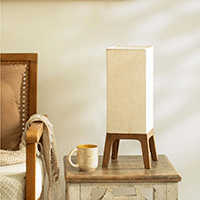
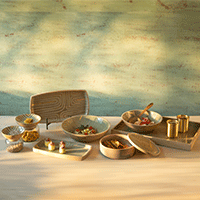
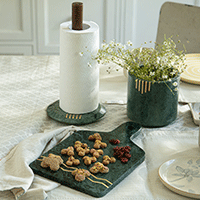
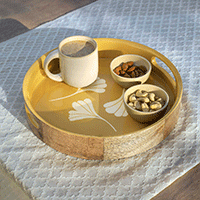
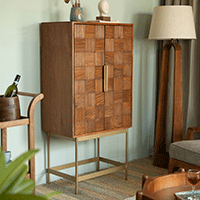
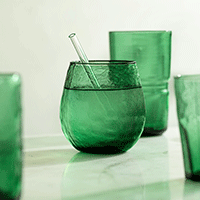
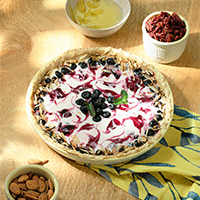
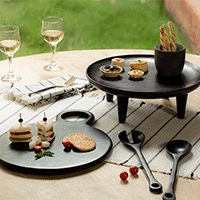
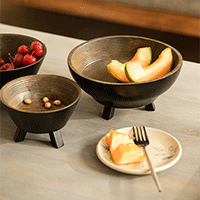
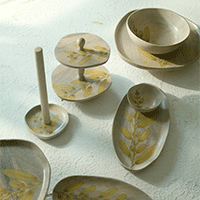
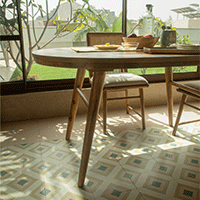
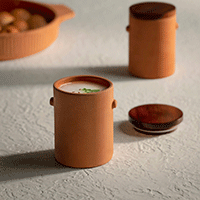
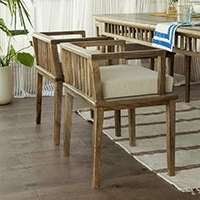

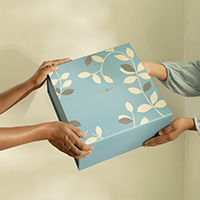
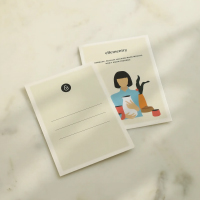
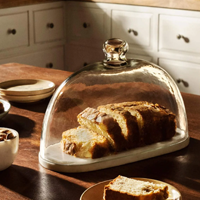
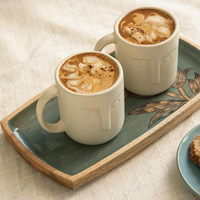
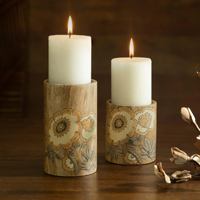

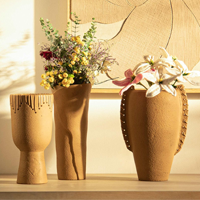
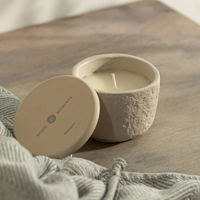
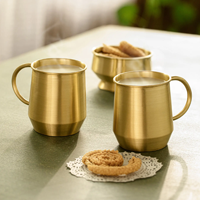
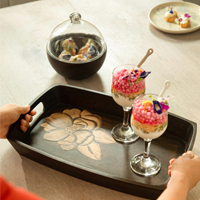
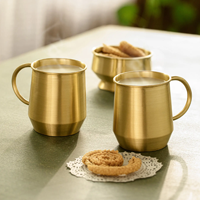
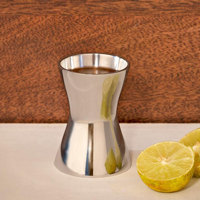
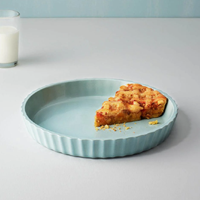
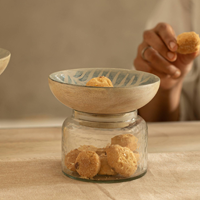
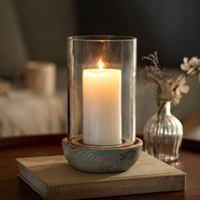
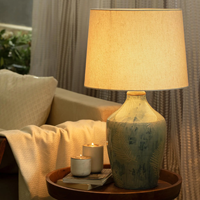
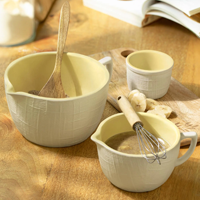
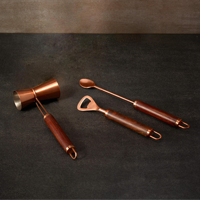
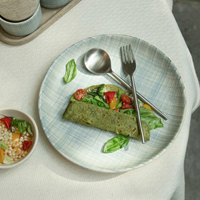












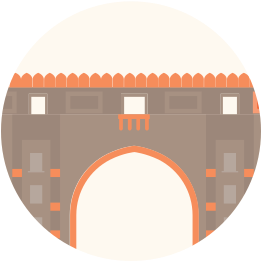





 easy returns
easy returns safe & secure
safe & secure hand crafted
hand crafted
